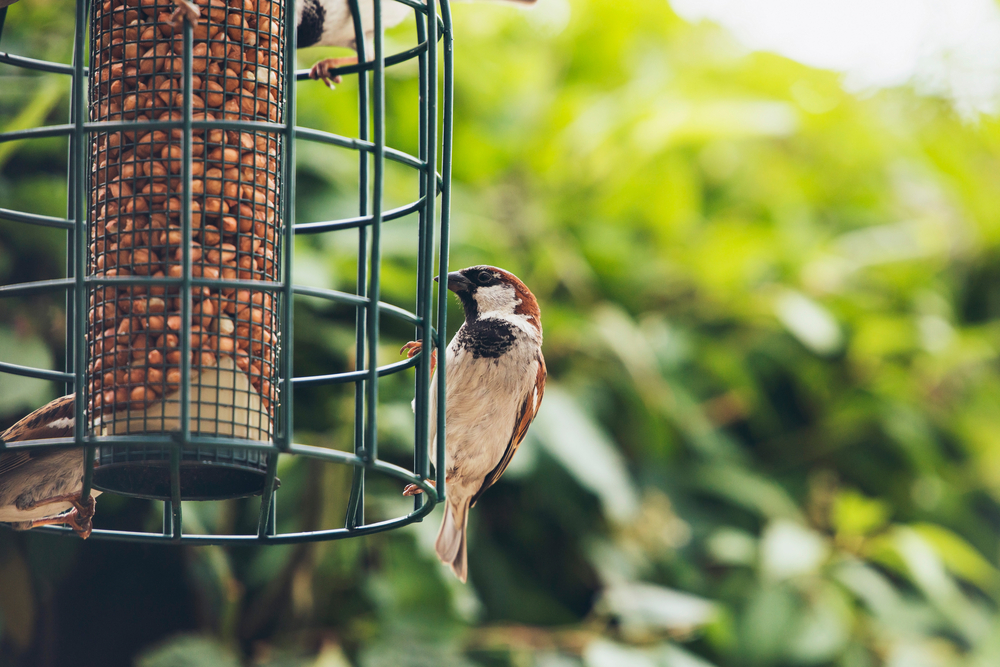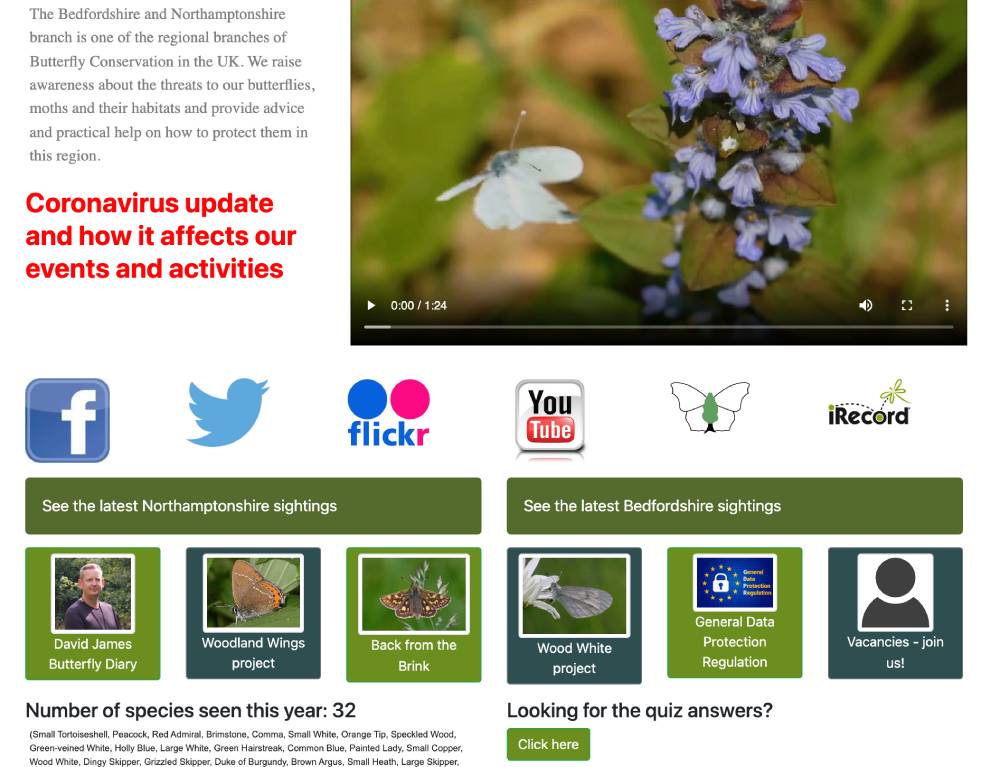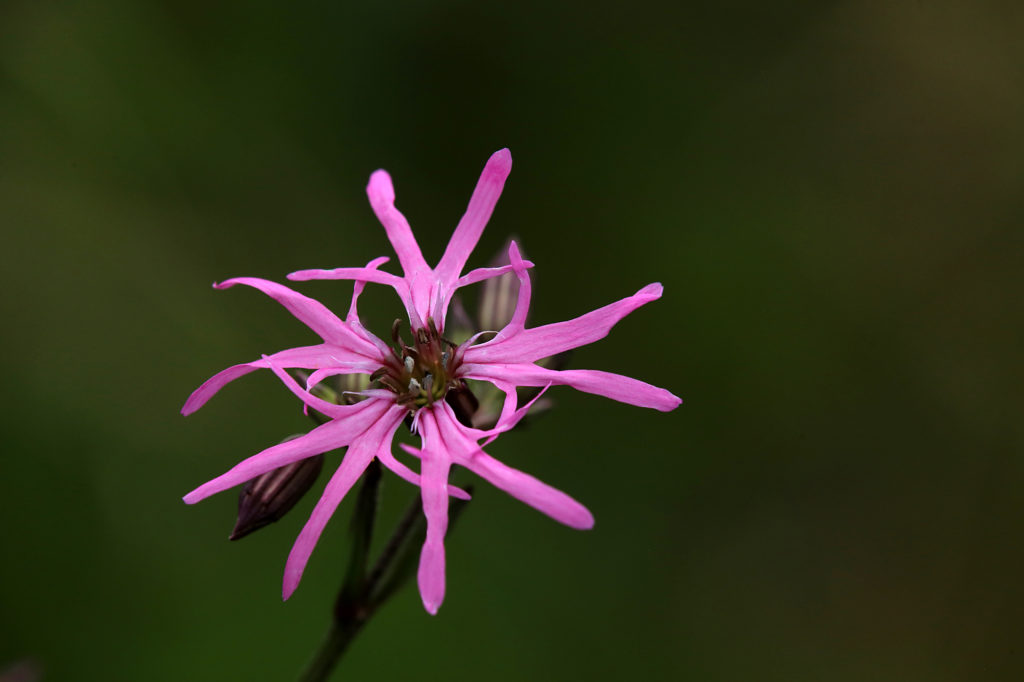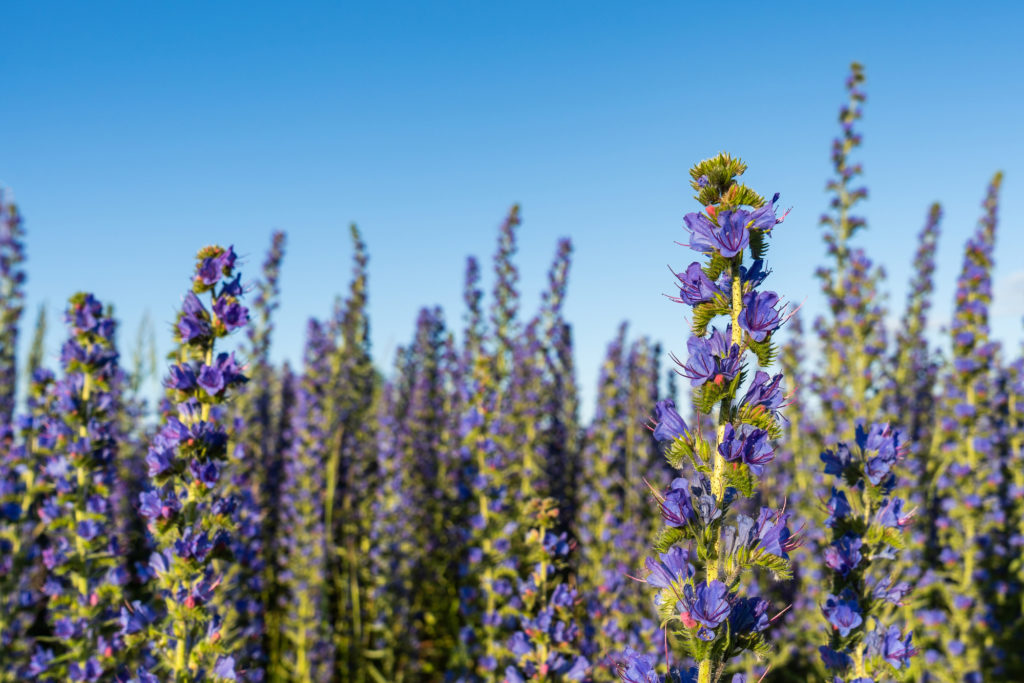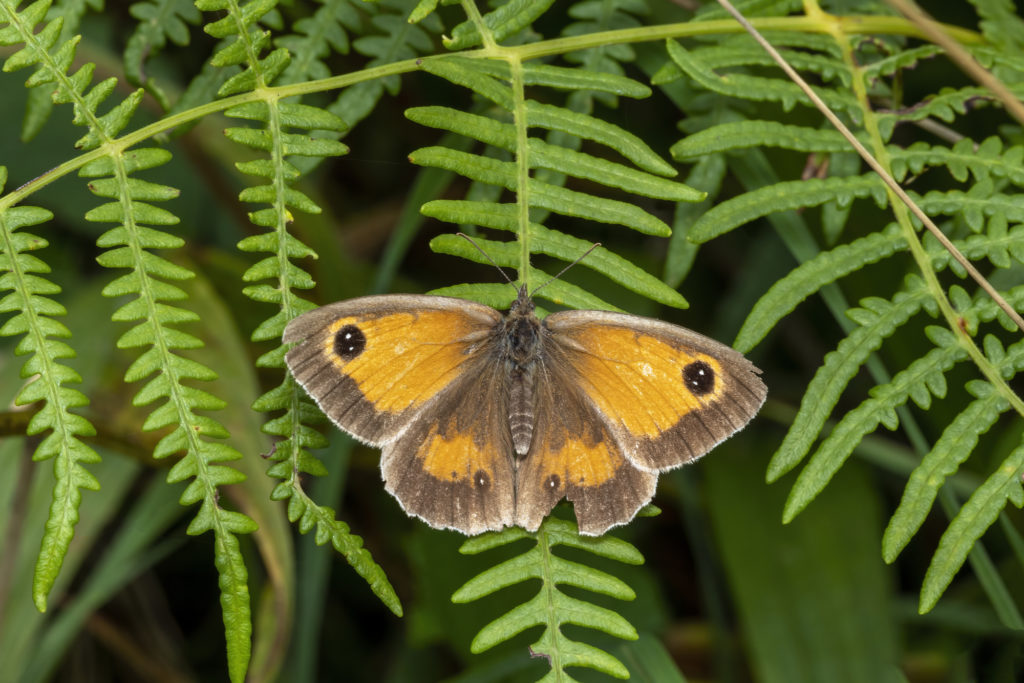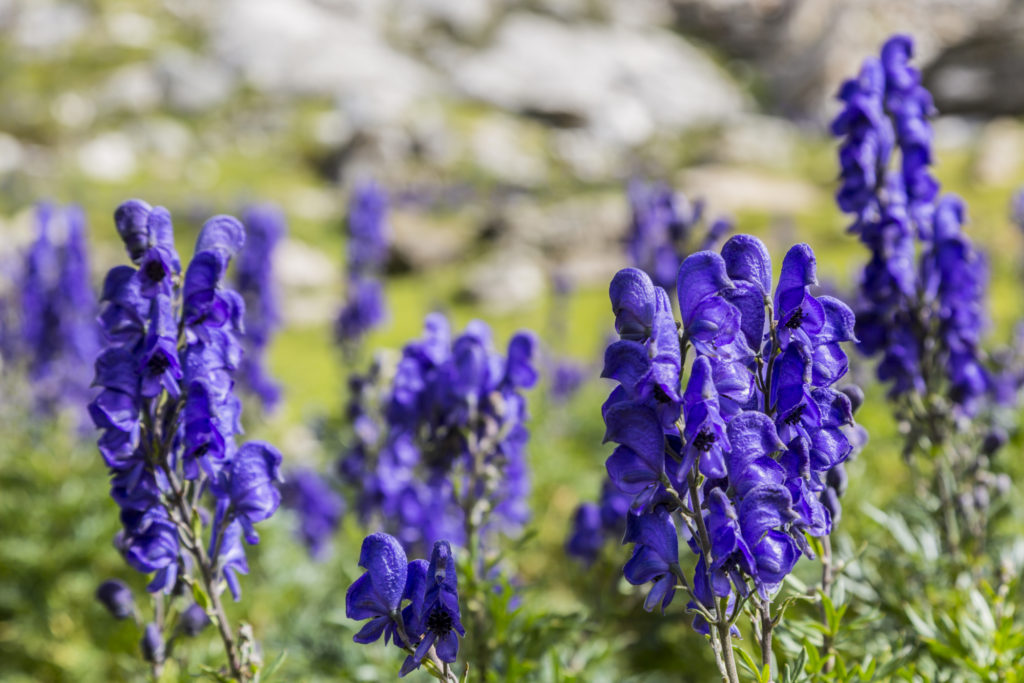What Is the Best Magnification for Bird Watching Binoculars? A Short Guide for Enthusiasts
Most birders agree that higher magnification and larger lenses don’t necessarily equate to better binoculars for bird watching. When you watch birds, the most important thing you want is a clear view that is true to colour. So, what is the best magnification for bird watching binoculars? Many newbie birders prefer a pair of binoculars […]


